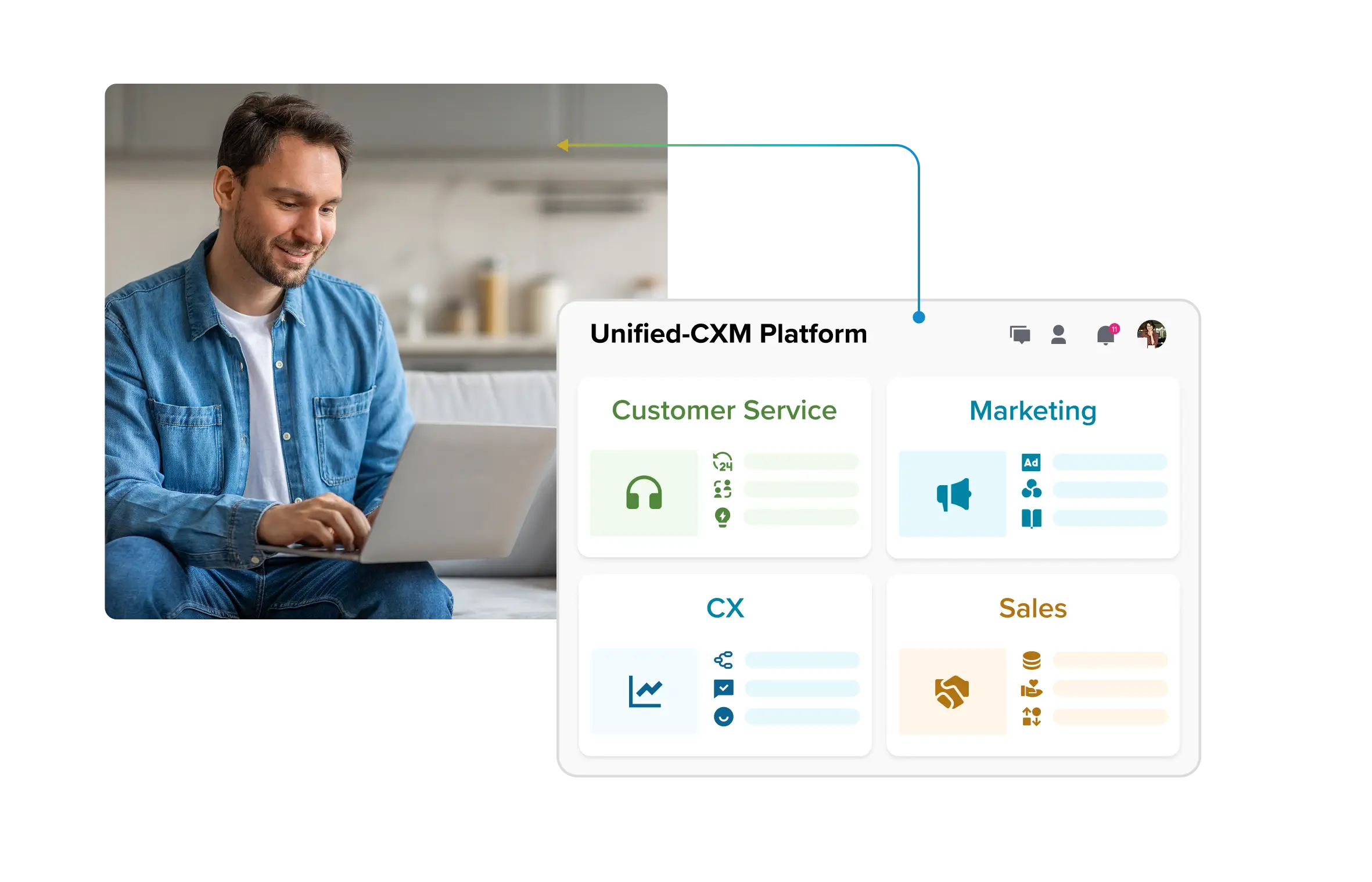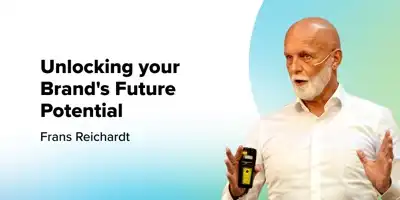The strategic AI-native platform for customer experience management
The strategic AI-native platform for customer experience management. Unify your customer-facing functions — from marketing and sales to customer experience and service — on a customizable, scalable, and fully extensible AI-native platform.

CRAFTing Customer Connections: 5 Ways SMBs Can Build Experiences That Stick
Customer experience (CX) is the ultimate competitive edge — the heartbeat of what makes modern businesses successful.
And while large enterprises can afford to have dedicated resources to boost their CX endeavors, small and mid-sized businesses (SMBs) face a different reality. With lean budgets, fragmented data, and limited resources, SMBs often struggle to match the seamless, personalized experiences customers now expect. While big brands move forward with AI-driven insights and omnichannel strategies, SMBs are left juggling day-to-day operations and reactive fixes — making it hard to catch up in a race where customer loyalty is on the line.
The good news? Delivering experiences that wow your customers doesn’t have to be resource-intensive. In fact, SMBs have unique advantages that can help them outshine the giants.
After listening to Bryant Richardson’s CRAFT framework on the CX-WISE podcast, I walked away with five practical strategies that any SMB can implement to deliver enterprise-level CX without the need for enterprise budgets.
So, let’s dive in.
1. Align culture with your brand promise
Bryant’s first pillar in his CRAFT Agility Framework is Cultural Agility, and it’s a game-changer. Many businesses claim “customers first” but their metrics tell another story.
Take the contact center example Bryant shared: companies often prioritize Average Handle Time (AHT) over customer satisfaction. Sure, efficiency matters, but if agents are rushing calls to hit time targets, customers leave frustrated. That’s friction, and friction erodes loyalty.
What you can do: Reward behaviors that reflect your brand promise. If your promise is “personalized service,” then incentivize first contact resolution and empathy, not speed alone. Authenticity, after all, is the foundation of building customer trust.
2. Measure outcomes, not just activity
Here’s a hard truth: counting calls or emails doesn’t equal success. Bryant calls this Results Agility — focusing on outcomes over activity.
One wealth management firm he worked with measured how many calls agents made daily. But volume didn’t translate to conversions. When they shifted to tracking outcomes, like appointment rates and client acquisition, they saw dramatic improvements.
What you can do: Audit your KPIs. Are you measuring what truly matters? Replace vanity metrics with impact metrics. Then, layer in continuous improvement practices. Even simple Six Sigma-style sprints can help you identify bottlenecks and iterate quickly.
3. Listen beyond surveys
Feedback surveys are fine, but they’re not enough. Bryant’s Awareness Agility principle emphasizes real-time listening posts. Customers give feedback during interactions — through tone, comments, and even emotion such as frustration. Capture that.
For example, Bryant shared a story about his internet provider’s IVR system. It kept asking for a PIN he didn’t remember, creating friction before he even reached a human. He offered feedback during the call, but it was clear it wouldn’t go anywhere. Clearly, that’s a missed opportunity.
What you can do: Train employees to log friction points and escalate them. Use simple tools — shared spreadsheets or CRM notes — to aggregate feedback. If budget allows, leverage AI to analyze unstructured data from calls, chats and social mentions. AI can surface themes like “billing confusion” or “checkout delays,” helping you prioritize fixes.
4. The right roles, the right results
Skills and tools matter — but the right people fit matters more. Bryant uses the term Fitment Agility to describe how well people align with your organization’s purpose and culture. It’s not just about hiring someone with the right technical skills; it’s about ensuring they share your values and can grow with your business.
Think of your team like fittings on a ship. Each part has a purpose, and when it fits well, the ship sails smoothly. But if a fitting is forced into place or left loose, it creates friction, or worse, falls out entirely. The same applies to employees. Misalignment leads to churn, disengagement and ultimately poor customer experiences.
What you can do: Start with hiring. Look beyond resumes and ask questions that reveal personal purpose and cultural alignment. Then, keep evaluating fit over time. People grow, roles evolve and sometimes adjustments are necessary. When employees feel connected to your mission, they deliver better experiences and stay longer.
5. Hire for empathy, not just skill
Bryant’s final point — Tact Agility, is all about emotional intelligence. You can train someone on systems, but you can’t teach empathy. Customers want to feel heard and understood, especially when things go wrong.
One contact center supervisor told Bryant: “I can teach them everything else, but I cannot teach empathy.” That’s powerful. Authentic empathy disarms frustration and builds loyalty. Scripts with fake empathy (“I’m sorry for the inconvenience”) don’t cut it. Customers ALWAYS know when it’s real.
What you can do: Make empathy a hiring priority. Ask behavioral questions like, “Tell me about a time you helped someone through a difficult situation.” Then, reinforce empathy in your culture. Celebrate stories where employees went above and beyond to make customers feel valued.
The bottom line
SMBs that embrace agility, authenticity and empathy can deliver experiences that rival (and often beat) the big players.
Start with these five steps:
- Align culture with your brand promise
- Measure outcomes, not just activity
- Listen beyond surveys
- Employ the right people for the right roles
- Hire for empathy
Do these consistently, and you’ll create loyal customers who stick around for the long haul and tell others why they love doing business with you.
Learn more about Bryant’s CRAFT framework in depth on our podcast’s episode on YouTube or Spotify.











